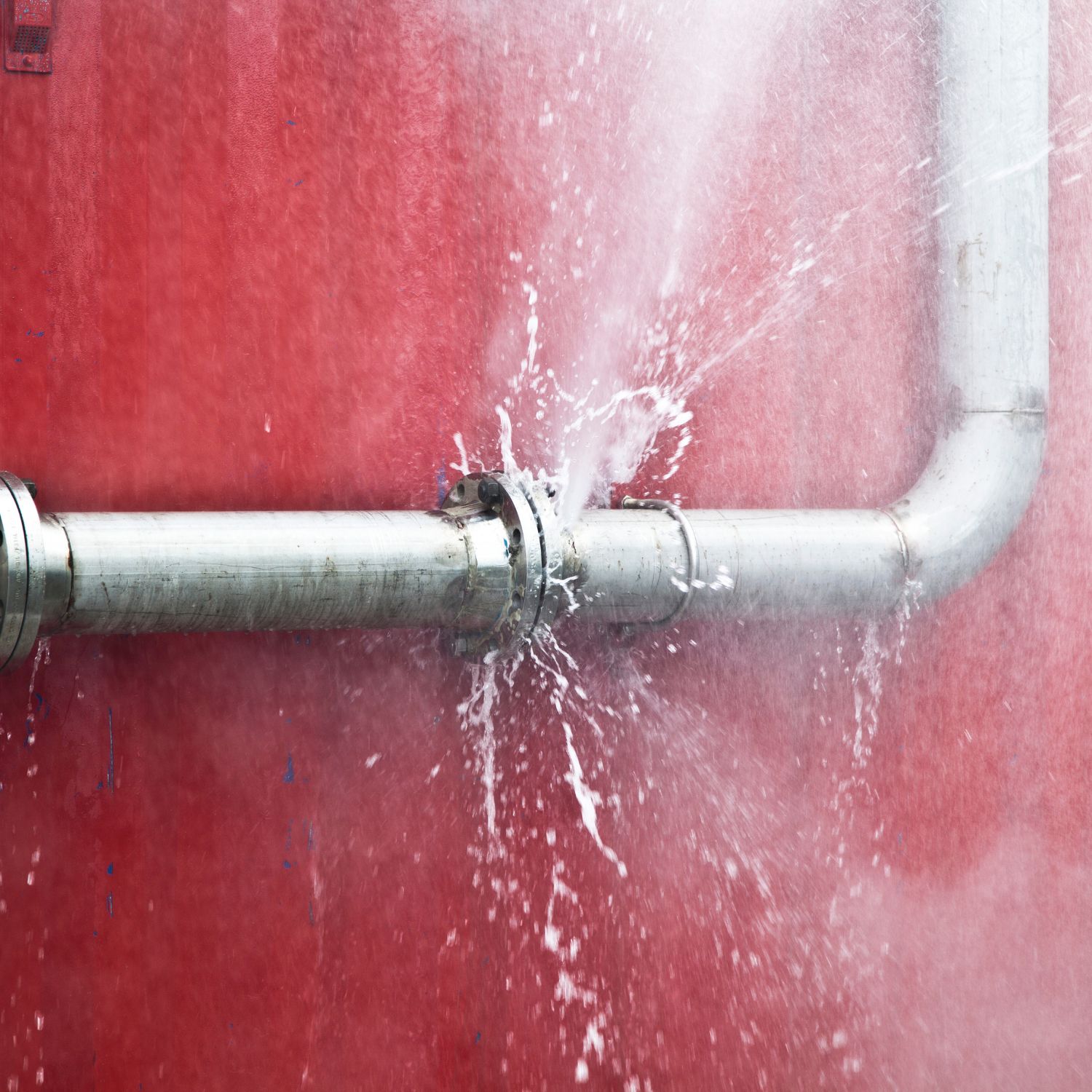Understanding the Causes of a Burst Pipe and How to Prevent It
Understanding the Causes of a Burst Pipe and How to Prevent It
Blog Article
Preventing Ruptured Pipes: Vital Tips to Shield Your Plumbing
Avoiding ruptured pipelines is a critical worry for house owners, particularly throughout colder months when the danger of freezing is heightened. Carrying out calculated actions such as appropriate insulation, regular evaluations, and maintaining regular indoor temperatures can significantly reduce the probability of pipeline failure.
Understand Pipeline Vulnerabilities
Recognizing pipe vulnerabilities is vital for effective pipes upkeep and protecting against expensive damage. A number of aspects add to the susceptibility of pipes to ruptureds, consisting of material structure, age, and ecological conditions. Older pipes, specifically those made from galvanized steel or polybutylene, commonly deteriorate over time, bring about raised risk of ruptures and leakages.
Temperature level variations can also dramatically influence pipeline integrity. In cooler climates, water caught in pipes can ice up, applying and expanding pressure on the pipe wall surfaces, which might ultimately bring about a burst. High water pressure can strain pipes, especially at joints and bends, heightening the chance of failing.

Insulate Pipeline Correctly
Correct insulation of pipes is vital for avoiding freezing and subsequent bursts throughout winter (burst pipe). Insulating your plumbing system properly safeguards against temperature goes down that can bring about expensive damage. Begin by identifying at risk areas where pipes are revealed to outside temperatures, such as cellars, attics, and outside walls
Use foam pipe insulation sleeves or cover insulation tape around these areas to give a protective barrier. Ensure that all areas of the pipes, especially those with limited heat direct exposure, receive appropriate insulation. Pay special focus to fittings and joints, as these are a lot more vulnerable to cold.
When insulating, it's necessary to choose materials that meet regional building regulations and are proper for the particular environment. For instance, fiberglass insulation is typically suggested for its thermal resistance buildings - burst pipe. In addition, think about using warm cable televisions or tape in extreme problems, which can be plugged in to give extra heat
Routinely check protected pipes for any indicators of wear or damages, as jeopardized insulation can reduce its efficiency. By taking these aggressive actions, you dramatically reduce the threat of pipeline ruptureds, making sure a dependable pipes system throughout the winter season.
Maintain Constant Temperature
A steady interior temperature level is necessary for avoiding ruptured pipelines during the frigid months. When temperature levels drop, water within pipes can freeze, developing and increasing stress that might ultimately cause the pipes to burst. To reduce this threat, property owners ought to preserve a consistent temperature throughout their living space, ideally no lower than 55 ° F(13 ° C)Making use of a programmable thermostat can aid manage indoor temperatures efficiently, making certain that spaces with pipes remain cozy also when your house is unoccupied. Pay special attention to areas that are much more vulnerable to cool, such as cellars, attic rooms, and garages. Keeping cabinet doors open under sinks can likewise enable warmer air from the home to distribute around plumbing.
This minor circulation of water can stop cold by relieving pressure within the pipes. By applying these methods, house owners can dramatically decrease the threat of pipeline bursts and safeguard their plumbing systems against the extreme winter season components.
Regularly Evaluate Plumbing
Regular assessments of plumbing systems are critical for preventing burst pipelines and keeping overall home integrity. During these inspections, it is essential to take a look at noticeable pipelines for indications of rust, Get More Information leakages, or use.
Additionally, inspecting links and joints is important, as these factors are often at risk to leakages. Homeowners ought to also assess water stress degrees, as too much pressure can strain the plumbing system and increase the threat of pipeline bursts.
Consider organizing expert plumbing examinations at the very least as soon as a year, especially prior to winter season, to ensure your system is prepared for chillier temperature levels. By being proactive in your technique, you can safeguard your home versus the disruptive and costly consequences of ruptured pipes.
Know Emergency Situation Procedures
Comprehending emergency situation treatments is essential for every home owner, specifically after carrying out normal plumbing inspections. Being prepared for a pipes emergency can substantially minimize damage and save prices.
Following, maintain vital tools convenient. A pipes emergency kit should consist of a wrench, bettor, and towels, as well as a flashlight and a container for tiny leakages. Additionally, consider having the contact details for a relied on plumber easily available, needs to the situation escalate past your control.
If you spot a leakage or ruptured pipeline, instantly switch off the water system and notify your plumbing. Document the damage with photos for insurance coverage objectives. Understand the indicators of possible pipes concerns, see this such as uncommon water stress variations or damp spots on walls
Ultimately, aggressive understanding and swift activity are vital in managing pipes emergency situations, guaranteeing your home remains protected and decreasing prospective damage.

Conclusion
To conclude, avoiding burst pipes requires a complex approach that includes understanding pipeline vulnerabilities, proper my company insulation, keeping consistent indoor temperatures, routine assessments, and knowledge of emergency situation procedures. By applying these necessary approaches, the danger of pipes failings can be significantly lowered, thus guaranteeing the durability and effectiveness of the plumbing system. Proactive procedures not only guard against prospective damages however additionally add to total water preservation and the security of building.
In colder environments, water trapped in pipes can freeze, expanding and exerting stress on the pipeline walls, which may eventually lead to a ruptured. When temperatures decrease, water within pipelines can freeze, broadening and producing stress that may eventually cause the pipelines to burst. By executing these methods, house owners can dramatically reduce the threat of pipeline ruptureds and secure their pipes systems versus the severe winter season components.

Report this page